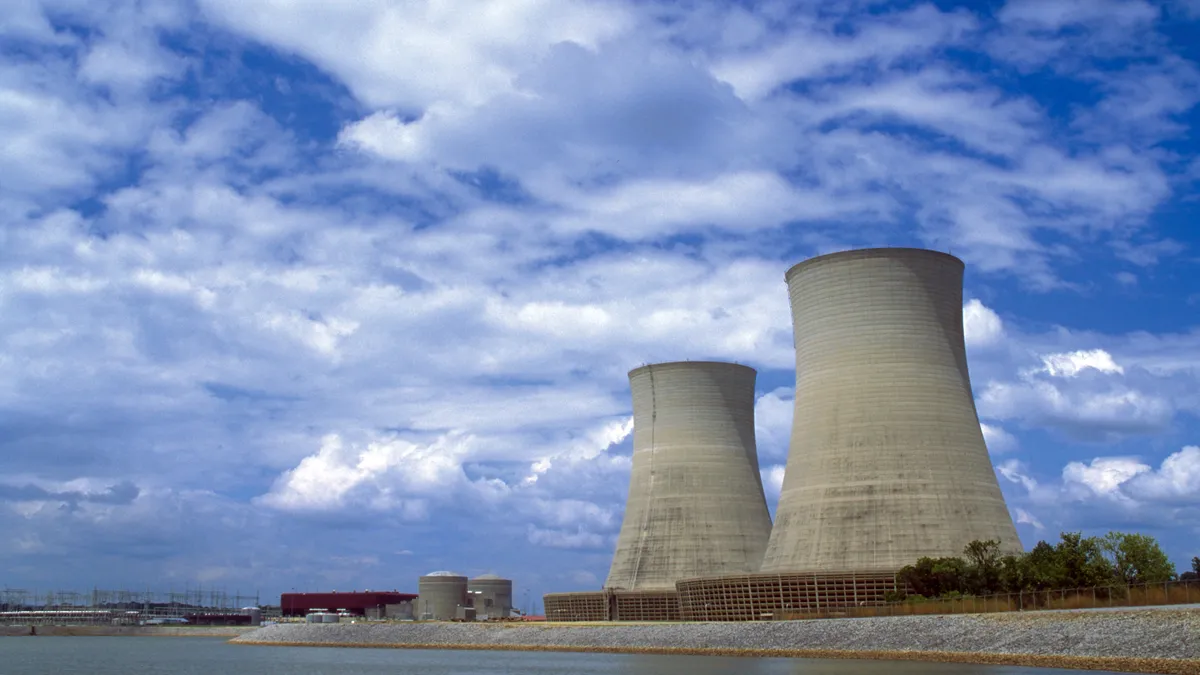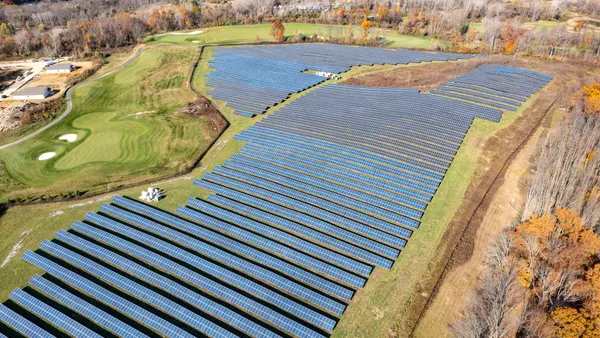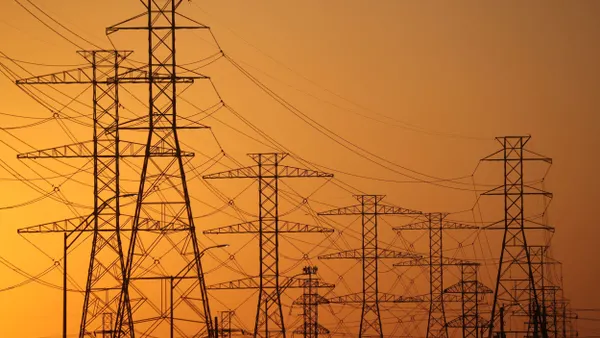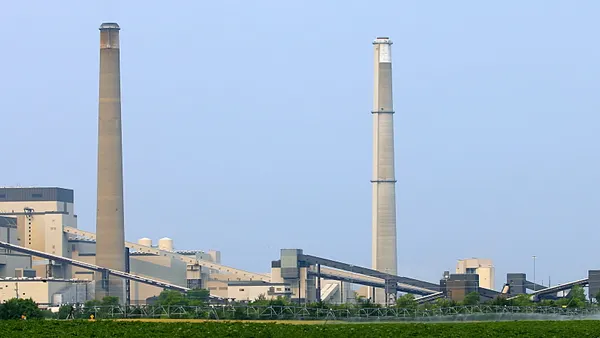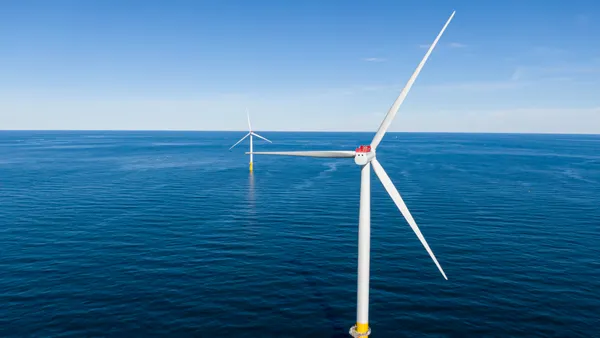Dive Brief:
- Production of Tesla's storage products is already underway at the company's California facility, and is expected to switch over to the Gigafactory next year in Nevada. The company has already taken reservations for more than $1 billion of its Powerwall and Powerpack batteries.
- In a letter to shareholders, Tesla Chairman and CEO Elon Musk said the company expects to further expand production of Tesla batteries at the Gigafactory in the first quarter of next year.
- Tesla also said it produced more than 12,800 vehicles in the second quarter, exceeding the company's target of 12,500.
Dive Insight:
During a Q&A with financial analysts last week, Tesla CEO Musk said his company has already sold all of the stationary batteries it can produce in 2016. Though he prefaced his remarks by noting the uncertainty -- the "sales" are really reservations at this point -- Musk said "demand has been really crazy."
"If you just take the reservations that have been made thus far, it's well over $1 billion worth of Powerpacks and Powerwalls," he said. "And that's with no marketing, no advertising, no sales force to speak of, really. We're not trying to sell it. It's basically a presentation and a webcast and 30 minutes of press Q&A. ... So there's probably room to improve."
Musk said the company could see up to $45 million in stationary storage sales in the fourth quarter, and up to 10 times that next year.
"That growth rate is probably going to just keep going at quite a nutty level. It's probably at least a few billion dollars in 2017, somewhat speculative at this point, but I think that's likely," he told analysts. "So it's sort of growing by half order of magnitude to an order of magnitude per year."
Executives also fielded questions about how their storage solutions would integrate with utility grids, and said the company has formed partnerships with many utilities to address that.
"There's not a, perhaps, a universal point of view on exactly where that control and sort of dispatch should live, a lot of utilities want to be very involved in that themselves," Chief Technology Officer Jeffrey Straubel said. "So, we're basically setting up the tools and the infrastructure so that they can control in a way that's familiar and the most convenient for them."






